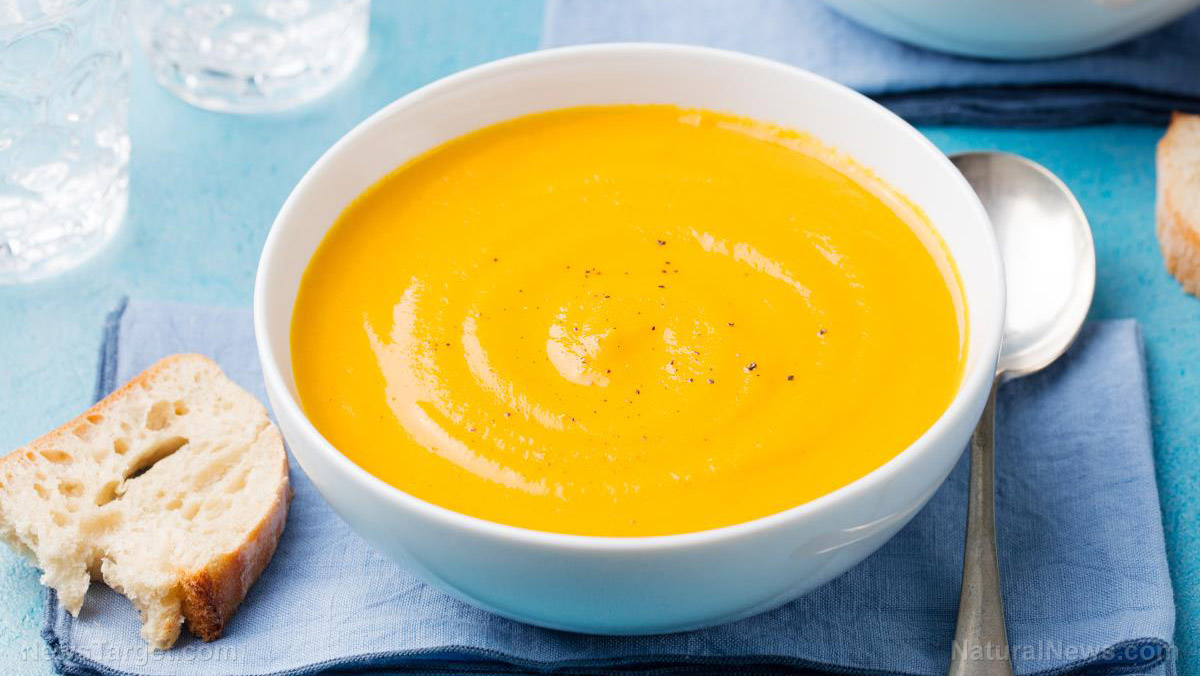
Diabetes inhibits your body's ability to metabolize food into energy properly. Your body's main source of energy is glucose, which comes from the food you consume. Normally, your pancreas produces the hormone, insulin, to help the sugar reach your cells so they can be turned into energy. If you have diabetes, it either limits your body's ability to produce enough insulin, or it impairs the ability of insulin to remove sugar from your blood. If the sugar isn't transferred to your cells, then it remains in your bloodstream, resulting in high blood sugar. Imbalances in blood sugar can have a negative impact on all aspects of one's life, including sleep, attitude, vitality, and personal relationships. If left untreated, it can lead to serious and possibly life-threatening conditions, including blindness, neuropathy, kidney damage, heart disease, stroke and cancer.
Not all forms of diabetes are equal. Type 1 diabetes is an autoimmune disease. It causes your immune system to attack the cells in the pancreas, hindering its ability to produce insulin. Patients with Type 1 diabetes require regular doses of insulin to stay alive. With Type 2 diabetes, your body develops a resistance to the insulin so that it is unable to use it efficiently. It is possible to either help treat or prevent Type 2 diabetes by eating certain foods that can increase your body's sensitivity to insulin. (Related: Scientists find that eating more berries is a powerful way to avoid diabetes.)
Conventional medicine often uses an ineffective "count and cover" method to manage diabetes. This involves matching one's food intake with strict dosages of insulin to counter the effects of high blood sugar. This method allows one to simply eat whatever they want, as long as they get enough insulin to stabilize their blood sugar levels. However, it is a very tedious method, which can still have mixed results.
How to manage Type 1 diabetes
Naturopathic physician and certified diabetes educator (CDE), Dr. Jody Stanislaw recommends an organic, low-carb diet as a natural way of managing Type 1 diabetes. This diet is mainly based on an abundance of low-carb vegetables, low-glycemic fruits, and healthy fats, alongside high-quality protein, such as free-range chicken, grass-fed beef, and wild-caught salmon. Examples of low-carb vegetables include broccoli, cauliflower, eggplant, green beans, spinach, kale, and asparagus. These vegetables can be baked, steamed or broiled then covered in coconut or olive oil, rosemary and sea salt. Seeds such as flaxseed and chia seeds can be included in one's diet in the form of low-carb flaxseed muffins and chia seed pudding.
Stanislaw suggests following an 80/20 rule, wherein 80 percent of the time, one eats mostly low-carb vegetables, nuts, seeds, low-glycemic fruits, healthy proteins and fats. For the remaining 20 percent, one is free to indulge in any foods not part of the daily diet. Consuming large amounts of vegetables may still require occasional insulin doses, but this diet will still make Type 1 diabetes easier to manage.
How to manage Type 2 diabetes
A healthy, balanced diet for managing Type 2 diabetes includes a variety of healthy carbohydrates, fats and proteins. It is important to get enough fiber and protein to help reduce insulin resistance. Good examples of protein-rich foods include fatty fish, such as sockeye salmon and canned tuna in water, skinless turkey and chicken, eggs, tofu, beans and legumes, plain, nonfat Greek yogurt and raw, unsalted nuts such as almonds and walnuts. People with diabetes can also benefit from eating non-starchy vegetables such as spinach, Swiss chard, cucumbers, asparagus, onions, peppers, and cruciferous vegetables such as broccoli, cauliflower, kale, and Brussels sprouts. Berries such as blueberries, strawberries, and raspberries can also help increase insulin sensitivity.
If you want to learn more about diabetes and how to help treat it, you can read more articles at DiabetesScienceNews.com.
Sources include:
Please contact us for more information.






















